Dynamic Seating for People with Huntington’s Disease
Michelle L. Lange, OTR/L, ATP/SMS
updated 2/7/2024
Oftentimes people ask me who is appropriate for use of Dynamic Seating. Many people can benefit from this technology. One group of people for whom Dynamic Seating is particularly helpful are those with Huntington’s Disease.
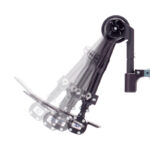
Dynamic Seating components, like this dynamic footrest, can assist wheelchair users by allowing body movement triggered by Huntington’s Disease.
Huntington’s Disease, also referred to as Huntington’s Chorea, is an inherited condition that leads to degeneration of the nerve cells in the brain with resultant physical, mental, and behavioral decline. The Juvenile version occurs before the age of 20 and results in a faster progression. Most people develop symptoms in their 30s and 40s. People with this condition have large, forceful, involuntary movements. Chorea, often part of the name of this disease, is a writhing movement.
Eventually, people with this disease will require a wheelchair. Due to these large and forceful rotational movements, very durable and rather institutional manual wheelchairs are frequently recommended as the client may tip and/or damage a less robust base.
How can Dynamic Seating help Huntington’s?
Part of what we do in Complex Rehab is bring something helpful to a difficult situation. Huntington’s Disease can be a devastating diagnosis, though Dynamic Seating can bring a solution to a number of seating and wheeled mobility issues.
Dynamic Seating moves in response to the client’s movements, accommodating these involuntary movements and limiting potential client injury that may occur when moving against non-yielding surfaces. Basically, instead of the client banging into the wheelchair frame and seat, the system moves with the client, limiting injury and pain. Dynamic Seating also diffuses force that can lead to equipment breakage. Finally, absorbing and diffusing these forces can reduce the possibility of the wheelchair tipping over.
Challenging situations call for innovative solutions. At Seating Dynamics, we are committed to Making Wheelchairs Better to address these concerns, including the unique issues seen in people with Huntington’s Disease.
Do you work with people who have this diagnosis? If so, we would love to hear from you. Please leave a comment below and we will be in touch.
References:
Huntington’s Disease, Mayo Clinic, https://www.mayoclinic.org/diseases-conditions/huntingtons-disease/symptoms-causes/syc-20356117. Accessed 2/7/2024.

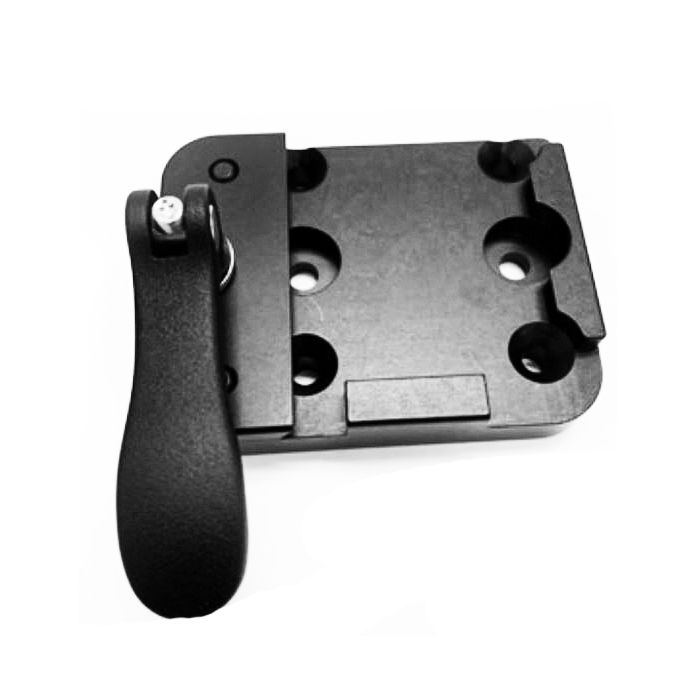
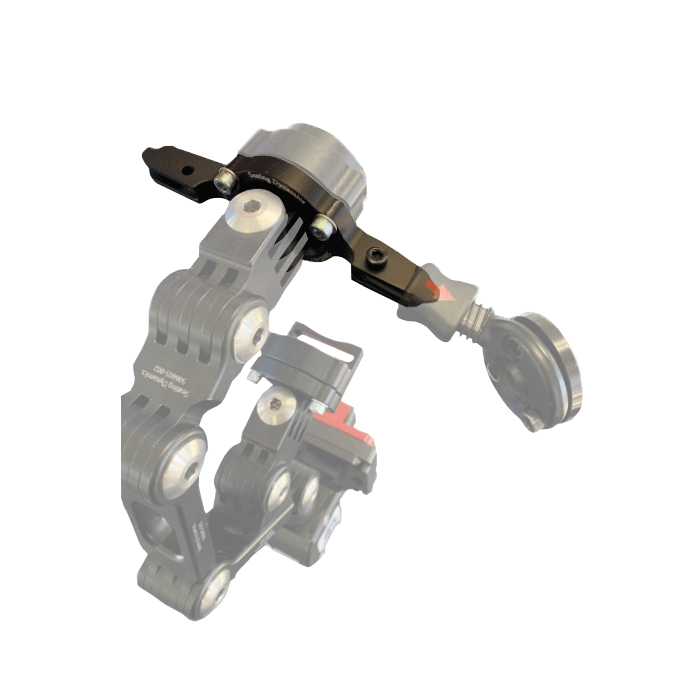
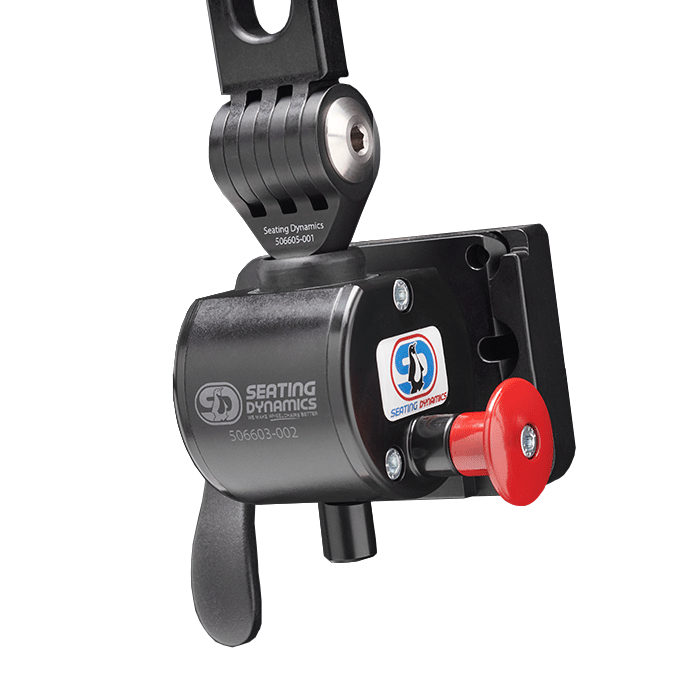
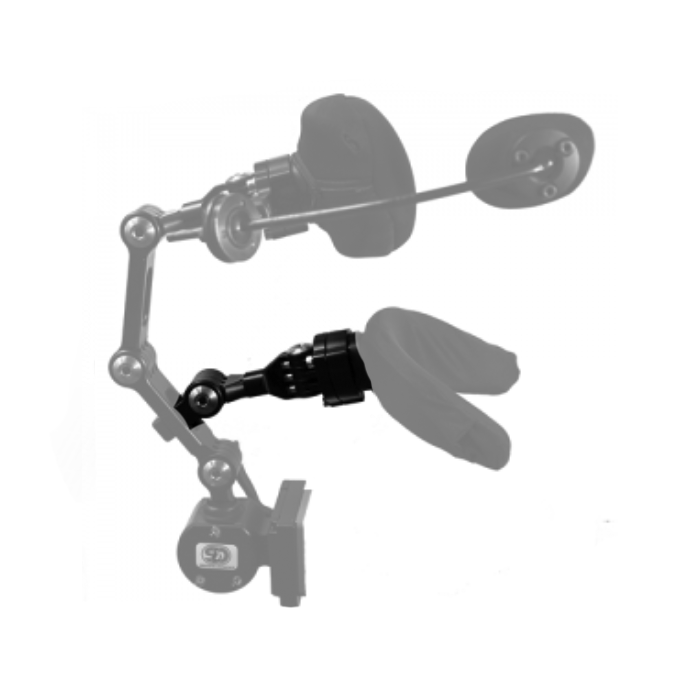
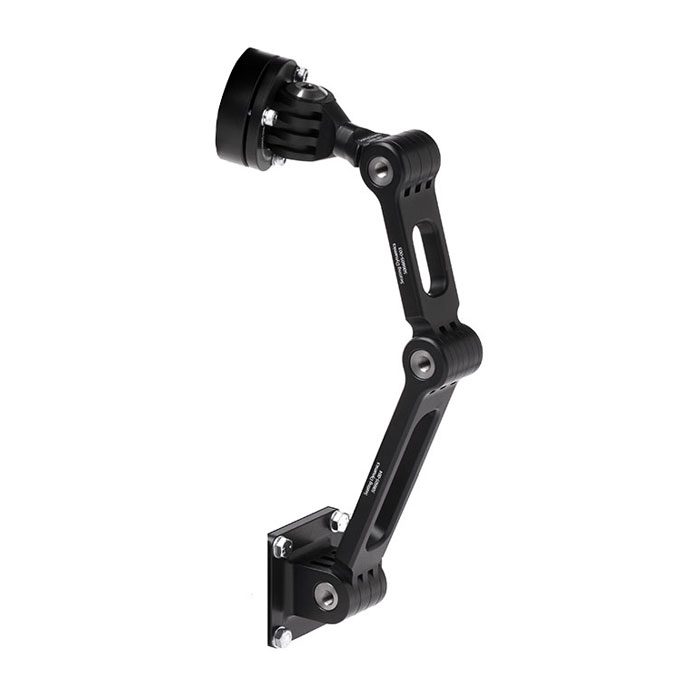
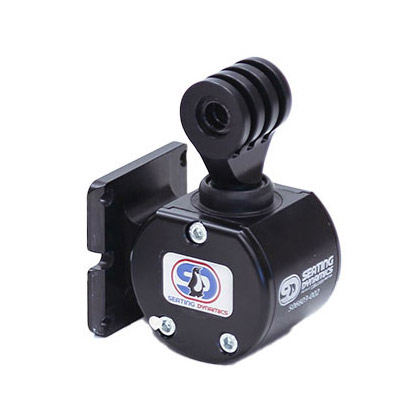
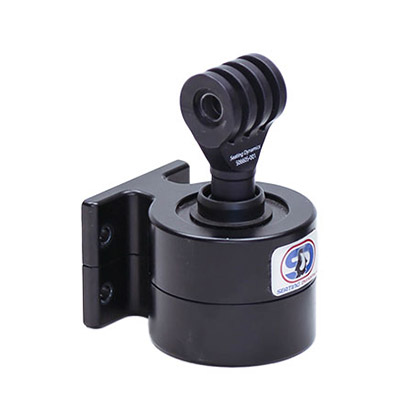
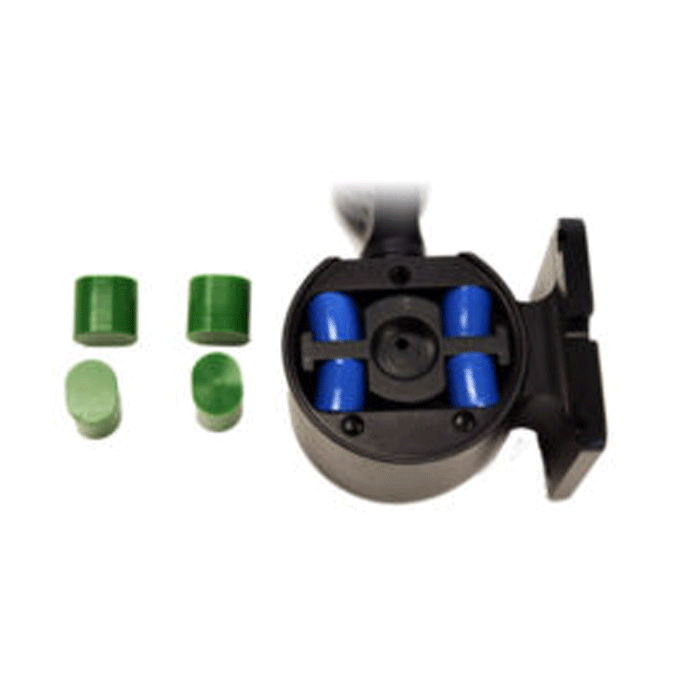
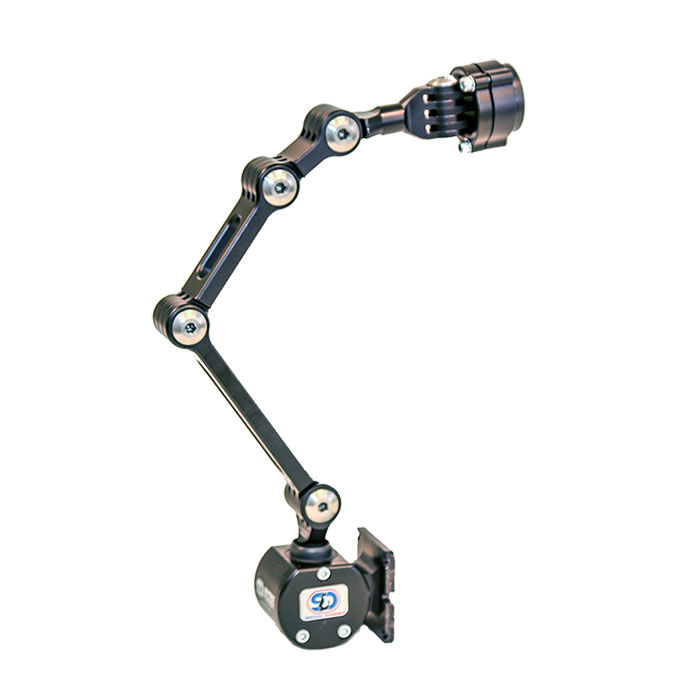

Hello,
I’m an OTR based in Farmville Virginia. I have a resident with Huntingtons, for whom I’m trying to find a wheelchair. He does have pronounces chorea, and frequent falls. I would greatly appreciate any recommendations you have for a chair which will promote his mobility and his safety.
Liana, thanks for your comment. I will email you directly to help problem-solve this situation.
Michelle
Hi. We also have a resident in our facility with Huntington’s disease with severe chorea. We have tried several seating options , but have not yet found the best and safest for her. She was recently in a Broda chair, but ruined the hydraulic system , resulting in a fall out of the chair. Any suggestions would be great!
Toni, thanks so much for your comment. I will email you directly to help problem-solve this situation.
Hi! I have a resident in my building with pretty severe Chorea related to her HD that’s led to multiple falls and impacts her ability to be mobile in her chair. Do you have suggestions?
Christin, thanks for your comment and I’m sorry this resident is having difficulty. I’m happy to problem-solve with you and will email you directly.
Hi there! I am currently working with a Resident with Mid Stage HD who has recently demonstrated Chorea causing increased difficulty with maintaining their position and effectively mobilizing in the w/c. Residents family member wants to encourage w/c mobility as long as possible to reduce residents agitation, do you have any seating suggestions to accommodate these needs? Thank you so much!
Justine, thanks for your question. I would be happy to help and will email you directly. Michelle Lange.
I would be really happy to discuss what we are doing as the results are really positive.
Laura, thanks so much for your offer, I’m excited to talk with you further about your results! I will contact you directly.
I work in a LTC with a client with Huntington’s. His movements have made his current seating system (Broda) unsafe. Similar to Toni, the hydraulics have broken on the chair and he is constantly sliding despite our positioning strategies. Do you have any suggestions?
Thanks
Elise, thanks for your question. These are tough situations. The Seating Dynamics products are available on some Broda bases. He may require a new manual wheelchair if this one is too worn or damaged which would allow you to select an appropriate mobility base that would support the required Dynamic Seating to protect the equipment. We have a full product compatibility list here: https://www.seatingdynamics.com/wheelchair-compatibility/. I will also email you directly to see if we can be of any assistance. Thanks, Michelle Lange
I work in a small rural LTC setting. Young client with HD and now exhibiting behaviors (frequent unassisted standing from w/c and bedside leading to injury of self and others). Facility is researching and considering alternate options for both seating and bed positioning. Any assistance would be greatly appreciated. Thanks, Monica Hatch
Monica, thanks for your comment. I will email you directly to help problem-solve this situation.
Michelle
Hello, my name is Debbie Clark. I am a DON at a facility who cares for several Huntington’s Disease patients. One of our biggest challenges has been in finding stable seating that moves with the resident due to the Chorea. We have went through numerous Broda chairs because they come apart after a while. Any assistance you could give us in resolving these issues would be wonderful. Also if you could provide me information on if insurances cover this seating I would appreciate it.
Debbie, I would be happy to discuss this with you further. I will contact you directly.
The Seating Dynamics components are more durable than a Broda chair and are often covered by insurance.
Thanks,
Michelle